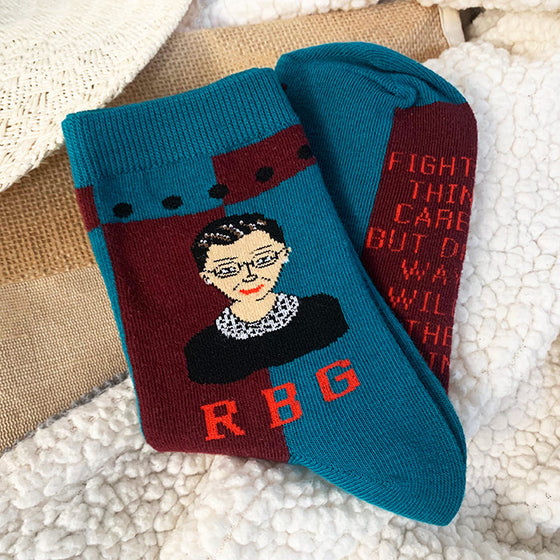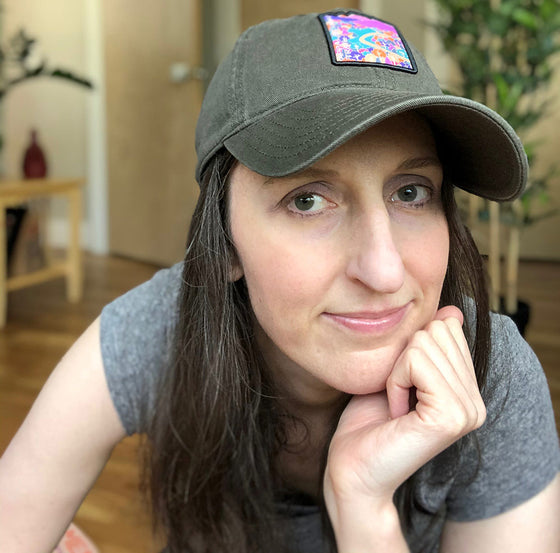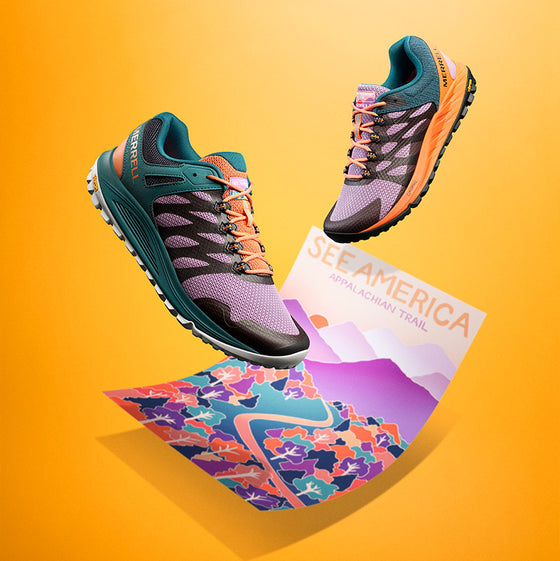
The Roaring Twenties was a time of unprecedented economic growth and consumerism. But after the crash of 1929, unemployment skyrocketed to 25% and people were demanding to know: "If the twenties had been so prosperous, where had all the money gone? The cream was skimmed off at the top. The richest Americans - the 5 percent at the top - controlled about 1/3 of all personal income. They invested their money at high interest rates and paid almost no income tax" (1).
President Roosevelt’s answer was The New Deal, a sweeping set of government programs aimed at putting the nation to work. We built roads and bridges, schools and post offices, and a national spirit of cooperation, working together to tackle our biggest problems. But that spirit of unity didn’t reach everyone, and as has happened all too often in our history, people of color were marginalized and left out.

Michigan artist Alfred Castagne sketching WPA construction workers, 1939.
As inspiring as FDR is, he was also a politician, and the leader of a political party run largely by racist Southern Democrats. The result is that most of the programs of the New Deal reflected the systemic racism of the time. Black workers were generally paid less than their white counterparts for the same jobs, and worked in worse conditions. Beyond the experiences of individual workers, programs like the Federal Housing Administration literally reinforced Jim Crow segregation with concrete and steel. (2)
There was however, one major exception to the widespread racial prejudice of the New Deal: Federal Project Number One. The name sounds too cool to be real but it’s true; that was the name of the federal arts project created in 1935. At that time, America’s center of arts and culture was Harlem, where the Harlem Renaissance and the Jazz Age were flourishing, and black artists were being nationally recognized for the first time. Thanks in large part to the organizing and activism of those artists, the federal arts project stands out as remarkably unique for its diversity. Art Historian Milton Brown writes, "There was no color line on the art projects, and for the first time Black artists, as well as white, were given the opportunity to practice their art full time. They became equal members of a community fighting for what they believe to be the rights of all artists in a civilized society."(3) In her book Mounting Frustration: The Art Museum in the Age of Black Power, Susan E. Cahan writes that “Only during isolated periods, such as the WPA art projects of the 1930s, had African Americans been given nearly the same opportunities as whites through government programs that employed artists."(4) I imagine those WPA artists in Harlem would be proud to see their hometown congresswoman, Alexandria Ocasio-Cortez carrying the torch of the New Deal forward today!

"Employment of Negroes in Agriculture" by Earle Richardson, 1934.
And it wasn’t just black artists. Our government put Native American artists, Chicano artists, and Asian American artists to work in a time when they were excluded from most commercial jobs. Those individuals received badly needed jobs, but more powerfully, they got the opportunity to tell their stories, and to control the narrative. This was a new era of mass media, a time when big brands like Maxwell House, Coca-Cola, and Marlboro were running national print advertisements for the very first time. Our government broke that corporate monopoly on mass communication by hiring diverse, independent artists and amplifying their creativity. Harry Hopkins, who oversaw the WPA, put it best when he said, "People will say it's propaganda. Well, I say what of it? It's propaganda to educate the consumer who's paying for power? It's about time someone had propaganda for him. The big power companies have spent millions on propaganda for the utilities. It's about time the consumer had a mouthpiece." (3)

Pioneer and artist Tyrus Wang: "Good thing we had the WPA, because otherwise a lot of artists would've starved to death."

Tonita Pena, Indiana artist from Cochiti Pueblo, New Mexico, painting here with the support of the New Deal (1934-35). Photo courtesy of the National Archives.
Something so unprecedented was sure to raise questions, and to be fair, some were quite reasonable. One finance officer said: "Federal paymasters knew how to operate 'when you want to build a road, or build an airport, but how do you put an artist on a payroll? Should he be paid by the hour, or by the yard, who should supervise him, what constitutes production?” There were questions about whether artists could work from home or had to come to an office, how much would they get for supplies, how much direction would they be given and other fun creative challenges any modern organizer would recognize. The Republican Party, of course, didn’t like any of this, and felt these artists with their ‘bohemian lifestyles,’ racial inclusivity, and leftist politics represented a communist threat to our national security.(3)
For today's Green New Deal to succeed, we need to learn from what worked before, and it’s clear that nothing worked better than having diverse artist voices front and center. The WPA art project accelerated a generation of new artists, of new art-making technologies (like color printing for example) and nearly 100 years later, the work produced still defines the American aesthetic. In 1945, painter and art historian James Porter wrote, "The opportunities afforded ... so far through the WPA Federal Arts Projects raise the hope that equal opportunities will soon appear through private and commercial patronage and that the prejudice and mistrust that have restricted the Negro artist and warped his milieu will be abolished."(5)
|
"A Green New Deal" by Nikkolas Smith |
"Green Jobs" by Lisa Vollrath |
|
|
|
We haven’t fully abolished that prejudice, and we haven’t fully restored power to people over corporations, but we’ve gotten a lot closer. We just need more art. Here at Creative Action Network (CAN), we’re picking up where the WPA left off, mobilizing the nation’s artists for a new collection of posters in support of a Green New Deal. Anyone can contribute their own design to the collection, and all posters are available for sale, supporting the artists and Sunrise Movement, a coalition of young people uniting to stop the climate crisis. Like the WPA before us, we’re harnessing America’s creative power to paint pictures of the America we wish to see, and we need all hands on deck.
Footnotes:


